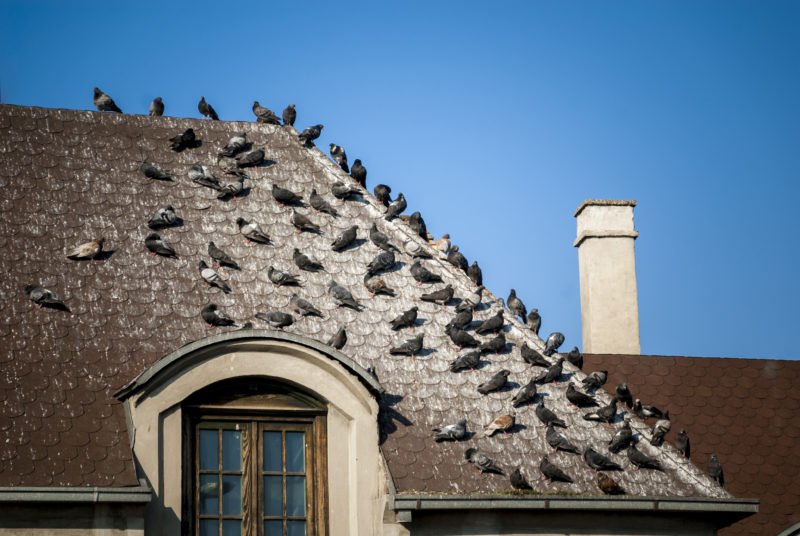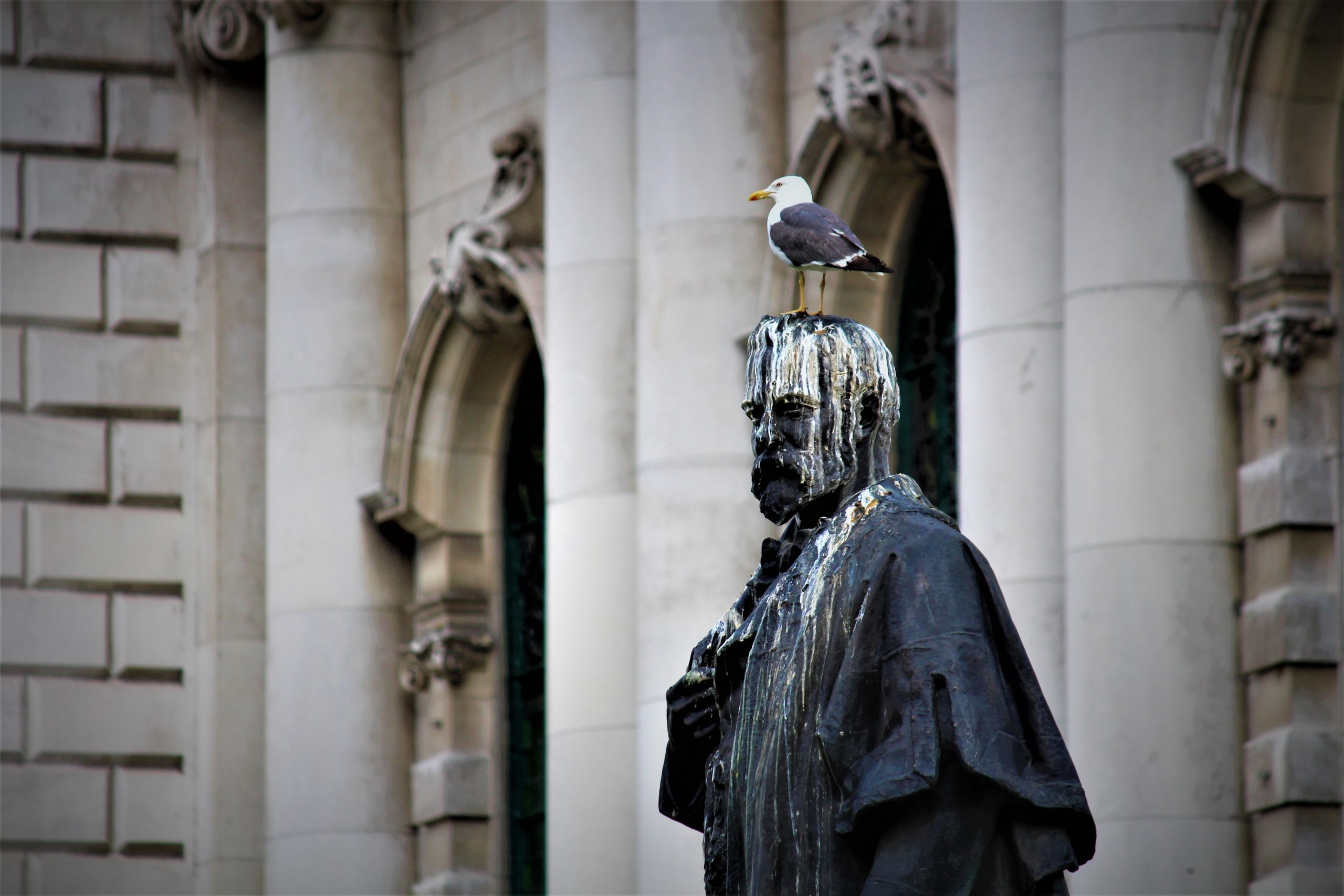Need bat or bird guano removal for your property?
Whether your concerns are bird guano health risks or the damage bats are causing to your metalworks, we provide bat guano removal and bird guano removal with DEFRA and Natural England permissions.
We’ll Clean Up When Nature Calls With Our Guano Removal Services
Bat and bird guano health risks
Though bird guano is not a general health hazard, dried excrement that is disturbed can irritate the bronchial passages of those with pre-existing respiratory conditions. Cryptococcus has also been linked with soil contaminated by pigeon droppings. What is more, according to the Health and Safety Executive, when dust or water droplets containing contaminated bird droppings are inhaled, they can result in diseases such as psittacosis and salmonella.
According to the Bat Conservation Trust, infrequent allergic reactions to dust inhalation and gastro-intestinal infections from bat dropping consumption are possible.

Safe bat and bird guano removal in the UK
Guano removal services process and techniques
Whether guano is gathering at a perch site or roost site, in the first instance we will need to carry out an inspection to ascertain whether it is a current bird breeding area or a bat roost.
It is an offence to interfere with a bird nest or its contents and permission is needed from the Department of the Environment, Food and Rural Affairs (DEFRA) for its removal. A wildlife rehabilitator may need to be contacted too.
As a European protected species, bats as well as their resting places and breeding sites are also protected by law. It may be possible to get a licence from Natural England if disturbance cannot be avoided during bat poo removal.
Once we know we can proceed with the removal, we would then carry out the following preparations:
- Health and safety risk assessment, especially if areas to be cleaned involve working at height
- Prepare appropriate protective clothing and equipment, such as Respiratory Protective Equipment (RPE)
- Write a site-specific method statement and/or plan of works
- Where necessary and within the law, remove birds/bats
- Where possible, block entry and exit points
- Install plastic sheeting to avoid the spread of any contamination
Bird and bat guano removal techniques include the following:
- Dampening down dried guano to make removal safer and easier
- Removal using a paint scraper and/or hot and soapy disinfected water with a scrubbing brush
- Bagging up the waste and disposing of it at a registered facility, for which all documentation will be provided
- Bird deterrents installed as soon as the surface is clean and dry
With our efficient guano removal services, we are here to clean up when nature calls! Please get in touch for more information or for a no-obligation quotation.

